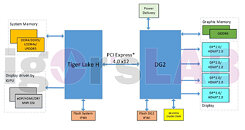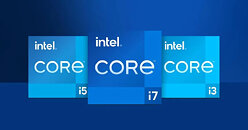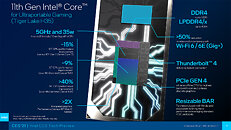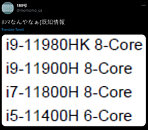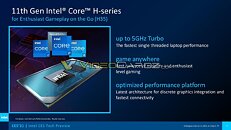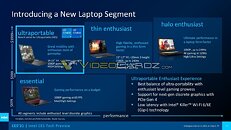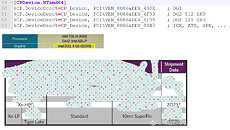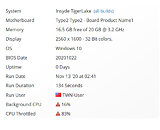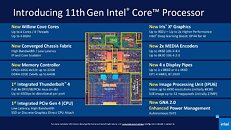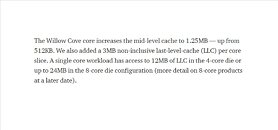SCHENKER Announces VIA 15 Pro and WORK series Ultrabooks
With the new VIA 15 Pro, SCHENKER has put together a unique overall package: The 1.45 kg ultrabook integrates AMD's efficient eight-core Ryzen 7 5700U, a 15.6 inch WQHD IPS display and two freely accessible and upgradeable M.2 SSD and RAM slots - a combination that is usually only found in significantly heavier gaming laptops with dedicated graphics cards. Unlike these, however, the VIA 15 Pro features AMD's energy-efficient, integrated Radeon graphics unit. With this outfit, the ultrabook is aimed at developers, programmers, and creative professionals, among others. The all-round office laptops SCHENKER WORK 15 and WORK 17 are also being updated with Intel's Alder Lake-P processors.
One of the most striking features of the SCHENKER VIA 15 Pro is a performance-enhanced AMD Ryzen 7 5700U with eight cores and 16 threads: instead of running the CPU with a TDP of 15 watts, which is common in the ultrabook sector, it can operate permanently at 35 watts in the highest performance profile ("enthusiast") - this way, it outperforms the majority of ULV processors and achieves a multi-score of 3937 points in Cinebench R20. The laptop's dual-fan cooling system was adopted from the 2020 predecessor model of the VIA 15 Pro, so it is designed for less efficient CPUs from the 54 watt TDP class and therefore guarantees superior and quiet cooling. Those who require somewhat less performance may select the medium performance profile ("balanced") for particularly quiet operation. Switching is possible in real time at the touch of a button via a keyboard shortcut.
One of the most striking features of the SCHENKER VIA 15 Pro is a performance-enhanced AMD Ryzen 7 5700U with eight cores and 16 threads: instead of running the CPU with a TDP of 15 watts, which is common in the ultrabook sector, it can operate permanently at 35 watts in the highest performance profile ("enthusiast") - this way, it outperforms the majority of ULV processors and achieves a multi-score of 3937 points in Cinebench R20. The laptop's dual-fan cooling system was adopted from the 2020 predecessor model of the VIA 15 Pro, so it is designed for less efficient CPUs from the 54 watt TDP class and therefore guarantees superior and quiet cooling. Those who require somewhat less performance may select the medium performance profile ("balanced") for particularly quiet operation. Switching is possible in real time at the touch of a button via a keyboard shortcut.






























